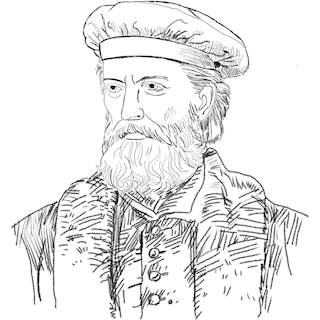PFAS (Per- and poly-fluoroalkyl substances) are a group of artificial chemicals used in various consumer and industrial products, including nonstick cookware, water-resistant clothing, stain-resistant textiles and upholstery, food packaging, and fire-fighting foams. They are very stable, non-biodegradable and resistant to heat, water, and oil, making them ideal for various applications. They can be found in food packaging, cosmetics, cookware, waterproof clothing, carpets, mattresses, electronics and fire-fighting foams. In industry, they are used in processes such as metal finishing and plating, hydraulic fluids and semiconductor manufacturing. However, they are also known to persist in the environment. For this reason, they are a family of thousands of substances nicknamed “forever chemicals”.
There is growing concern about the potential health effects of PFAS exposure, as they can accumulate in the bodies of humans and wildlife over time. Some studies have linked these chemicals to various health problems, including kidney and testicular cancer, developmental issues, thyroid disease, and low birth weight. As a result, many countries are taking steps to regulate or restrict the use of PFAS. The use of two of these substances – PFOS and PFOA – have been banned or limited because of their toxic, persistent and bioaccumulative effects. Still, there are concerns about others with less toxicity evidence available because they have been less studied.
A recent study by scientists at Oxford University found that Norwegian Artic ice is contaminated with alarming levels of toxic PFAS. The scientists detected 26 types of PFAS compounds. They found that the chemicals can move from glaciers into downstream ecosystems like Arctic fjords and tundra when the ice melts. The meltwater can contain a cocktail of contaminants that includes PFAS and affects the entire food web, including plankton, fish, seal and apex animals like polar bears, which have previously been found to have high PFAS levels in their blood. The chemicals may represent a significant environmental stressor to the region’s wildlife. The study also found exceptionally high levels of TFA, a refrigeration byproduct. During the Montreal Protocol in 1987, many nations agreed to phase out chlorofluorocarbons, or CFCs, a potent greenhouse gas used for refrigeration. Those were ultimately replaced with hydrofluoric-olefin or HFOs. Once in the environment, HFOs, which are also greenhouse gases, can turn into TFA, and TFA levels are increasing in the Arctic. TFA and other PFAS compounds are highly mobile. They can move through the atmosphere to be deposited in the Arctic or elsewhere.
READ MORE
